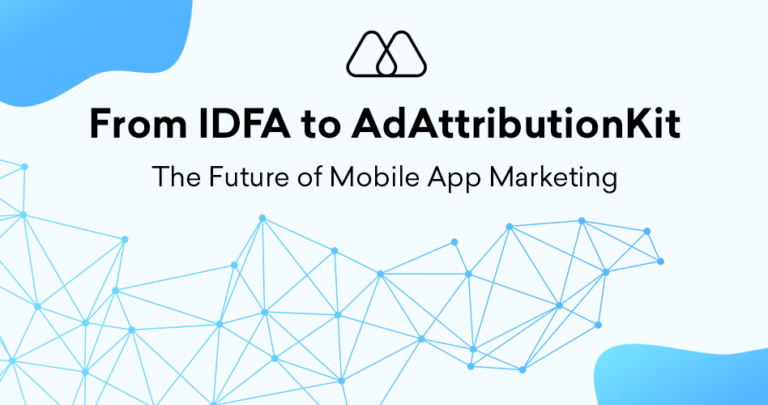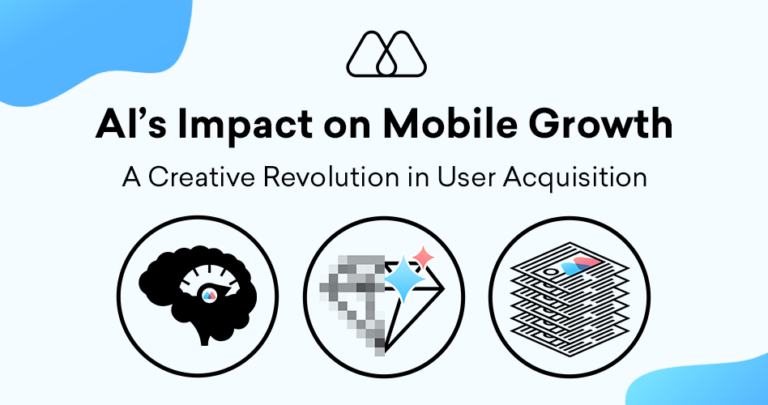In the rapidly evolving digital advertising landscape, ad mediation is a crucial technology for app developers and publishers aiming to maximize advertising revenue. This glossary article will delve into ad mediation, its significant benefits, operational challenges, and the outlook for this technology.
Definition of Ad Mediation
Ad mediation is an advanced technology integrating multiple ad networks into a single platform, allowing app developers and publishers to manage and optimize their ad inventory effectively. This system employs algorithms to dynamically select the ad network that offers the highest yield or best fill rate for each ad impression, ensuring optimal revenue generation.
Understanding Ad Mediation
The primary function of advertising mediation platforms is to serve as an intermediary between publishers and various ad networks. By funneling ad requests through a mediation platform, publishers can ensure their ad slots are filled most profitably. The platform evaluates real-time bids from connected networks to determine the best advertiser match based on payout rates, user engagement, and ad content relevance.
Features and Benefits
- Dynamic Allocation: Mediation platforms utilize real-time decision-making processes to allocate ad requests to the network most likely to maximize revenue. This dynamic allocation is based on performance metrics, historical data, and predictive analytics.
- Comprehensive Integration: These platforms support integration with multiple ad networks, which broadens the potential sources of ad content and increases competition, potentially leading to higher revenues.
- User Experience Optimization: By managing ad frequency and placement, ad mediation helps balance revenue generation and user experience, minimizing the risk of user churn due to ad overload.
- Analytics and Reporting: Publishers gain access to detailed analytics that offer insights into the performance of ads across different networks. This data is crucial for making informed decisions about future ad strategies.
Operational Challenges
While advertising mediation offers numerous advantages, it also presents certain challenges that publishers must navigate:
- Complex Setup and Management: The initial setup of an ad mediation platform can be technically demanding. Publishers need to integrate SDKs for each ad network and configure mediation settings.
- Dependency on Technology: The effectiveness of ad mediation is heavily reliant on the robustness of the underlying algorithms and the quality of integration. Any technical failures can lead to lost revenue opportunities.
- Market Dynamics: The rapidly changing nature of digital advertising requires constant updates and adaptations in the mediation strategy, which can be resource-intensive.
The Future of Ad Mediation
Advertising mediation is poised to become even more sophisticated with advancements in technology:
- Artificial Intelligence and Machine Learning: Future platforms will employ AI and machine learning more extensively to enhance decision-making processes and increase revenue opportunities.
- Greater Transparency and Control: As publishers demand more control over their ad inventories, future platforms will likely offer enhanced transparency and customization options.
- Integration with Emerging Ad Formats: As new advertising formats and platforms emerge, this technology will evolve to accommodate these innovations, providing publishers with many more opportunities to monetize their content.
Conclusion
In the evolving landscape of mobile app advertising, with limitations on user-level data due to IDFA removal, ad mediation becomes even more crucial. App publishers can navigate this shift effectively by leveraging ad mediation platforms and their advanced capabilities. Understanding the nuances of ad mediation and staying updated with technological advancements empowers publishers to optimize ad revenue, identify new monetization opportunities, and ultimately, achieve sustainable app growth in a privacy-conscious world.
Key Takeaways
- Ad mediation maximizes advertising revenue by allowing real-time competition among ad networks for each impression.
- It supports multiple ad networks and formats, increasing potential revenue sources.
- Dynamic optimization through ad mediation platforms enhances both revenue and user experience.
- The complexity of setting up and managing ad mediation platforms requires technical expertise.
- Future advancements are likely to incorporate AI enhancements for better yield management.




